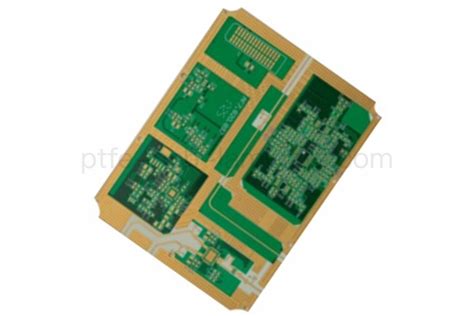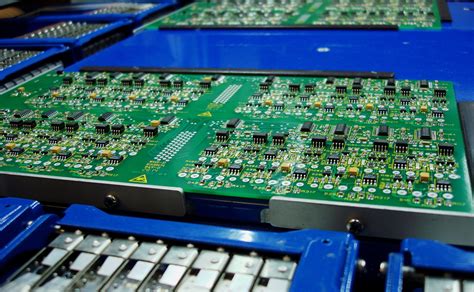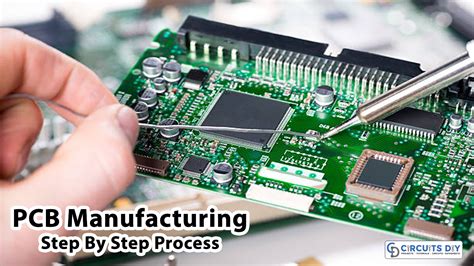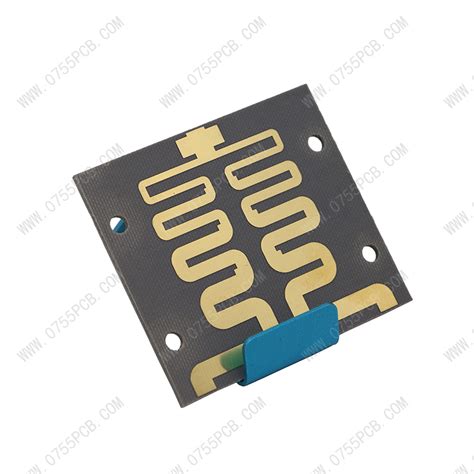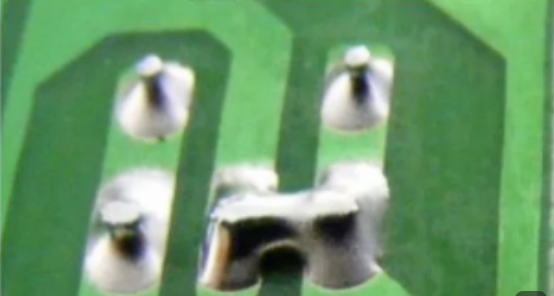s Top PCB Laminate Manufacturers for Advanced Electronics
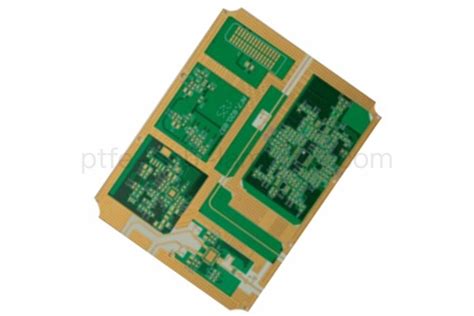
Key Takeaways
When selecting PCB laminate manufacturers for advanced applications, understanding the interplay between material properties and end-use requirements is critical. High-frequency performance, thermal stability, and signal integrity dominate decision-making in sectors like aerospace and IoT, where pcb manufacturing tolerances are measured in microns. Leading pcb manufacturing companies prioritize laminates with ultra-low dielectric loss (Df ≤ 0.002) and glass transition temperatures (Tg) exceeding 180°C for harsh environments.
"Early collaboration with laminate suppliers reduces prototyping cycles by 30%—critical when balancing pcb manufacturing cost with performance targets."
Here’s a breakdown of key considerations:
| Factor | Aerospace Priority | IoT Device Focus |
|---|---|---|
| Dielectric Constant | <2.5 (stable @ GHz) | <3.2 (cost-optimized) |
| Thermal Conductivity | ≥0.5 W/mK | ≥0.3 W/mK |
| Moisture Absorption | <0.1% | <0.2% |
For pcb manufacturing business planners, supply chain resilience and certification compliance (e.g., IPC-4101/21, MIL-PRF-31032) weigh heavier than raw material pricing alone. Emerging halogen-free laminates and hybrid ceramic-filled substrates now enable 15% better heat dissipation—a game-changer for compact 5G modules. Always verify manufacturers’ R&D investment ratios; top-tier suppliers allocate >8% of revenue to material science advancements.
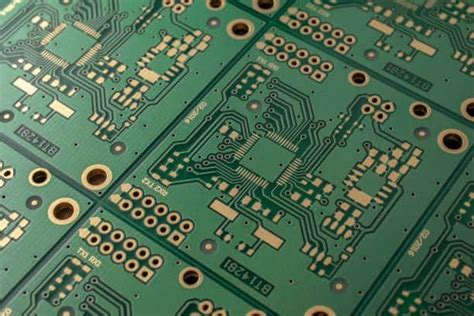
PCB Laminate Selection for Aerospace
When selecting PCB laminate materials for aerospace applications, you need materials that withstand extreme conditions while maintaining signal integrity. Aerospace-grade circuits demand laminates with exceptional thermal stability, low outgassing properties, and radiation resistance. Manufacturers like Isola and Rogers Corporation specialize in high-frequency laminates (e.g., RO4000® or Tachyon® series) optimized for satellite communications and avionics systems.
Your choice impacts pcb manufacturing cost and long-term reliability. For instance, polyimide-based laminates handle wider temperature ranges (-269°C to +260°C) but require specialized pcb manufacturing processes. Prioritize laminates meeting IPC-4101/126 and MIL-PRF-55110 standards, which ensure performance under vibration, humidity, and thermal cycling.
Leading pcb manufacturing companies like TTM Technologies leverage ceramic-filled PTFE composites to reduce dielectric loss in radar systems. When evaluating suppliers, balance material innovation with supply chain resilience—critical for mission-critical aerospace projects. This approach ensures your pcb manufacturing business stays competitive in an industry where material failures can have catastrophic consequences.
Next-gen designs increasingly integrate hybrid laminates, blending thermoset resins and thermoplastic films for improved thermal management—a key focus as power densities rise in avionics. Always verify traceability documentation, as counterfeit materials remain a persistent risk in aerospace supply chains.
IoT Device Material Innovations
As IoT devices shrink in size but expand in capability, selecting the right PCB manufacturing materials becomes critical. Modern IoT applications demand laminates that balance ultra-low signal loss with exceptional thermal stability—especially for wearables and industrial sensors operating in harsh environments. Low-loss dielectrics like modified polyimide or ceramic-filled substrates are gaining traction, enabling faster data transmission while minimizing power consumption.
For PCB manufacturing companies, the challenge lies in optimizing high-frequency performance without inflating PCB manufacturing cost. Innovations like hybrid laminates, which combine FR-4 cores with specialized high-speed layers, offer a cost-effective solution. These materials maintain signal integrity across 5G and millimeter-wave frequencies, crucial for smart home hubs or asset-tracking systems.
When evaluating suppliers, prioritize partners offering laser-drillable laminates—essential for the microvias in densely packed IoT boards. Advanced PCB manufacturing business models now integrate material testing labs to validate thermal cycling resilience, ensuring reliability in fluctuating temperatures. As IoT ecosystems expand, the right laminate choice directly impacts device longevity and network efficiency, making material science a cornerstone of next-gen electronics design.
High-Performance Circuit Board Essentials
When designing advanced electronics, selecting the right PCB laminate materials directly impacts performance, reliability, and pcb manufacturing cost. High-frequency applications, such as 5G infrastructure or aerospace systems, demand laminates with low dielectric loss and thermal stability to maintain signal integrity under extreme conditions. Leading pcb manufacturing companies prioritize materials like polyimide or PTFE-based substrates for their superior heat resistance and minimal signal attenuation, ensuring boards withstand rigorous operational demands.
Balancing material innovation with cost efficiency remains critical in the pcb manufacturing business. For instance, while ceramic-filled laminates enhance thermal management in IoT devices, their higher material costs require careful budget alignment. You’ll also need to evaluate glass transition temperature (Tg) and dissipation factor—key metrics that determine a laminate’s suitability for high-speed or high-power circuits. Manufacturers offering customized solutions, such as halogen-free or ultra-thin laminates, enable tighter design flexibility without compromising durability.
Transitioning to next-gen applications? Partner with suppliers that integrate pcb manufacturing expertise with rigorous testing protocols, ensuring laminates meet MIL-PRF-55110 or IPC-4101 standards. This approach minimizes failure risks in mission-critical systems while optimizing production scalability—a strategic advantage in today’s competitive electronics landscape.
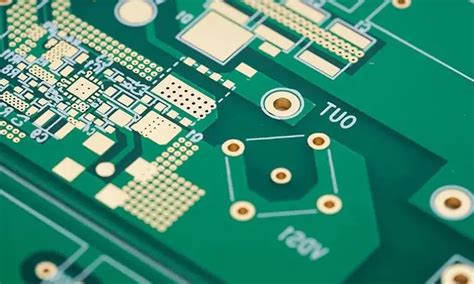
Global PCB Laminate Supplier Rankings
When evaluating PCB laminate manufacturers, it’s critical to consider how global suppliers balance technical expertise, material innovation, and PCB manufacturing cost efficiencies. Industry leaders like Shengyi Technology, Isola Group, and Panasonic dominate rankings due to their ability to meet stringent demands for high-frequency applications in aerospace and IoT devices. These PCB manufacturing companies invest heavily in R&D to develop laminates with low dielectric loss and enhanced thermal stability, directly impacting the performance of next-gen circuit boards.
Regional specialization also plays a role: Asian suppliers excel in high-volume production for consumer electronics, while North American and European firms lead in military-grade and ultra-reliable materials. For businesses optimizing PCB manufacturing business strategies, partnering with top-tier suppliers ensures access to materials that minimize signal interference and withstand extreme environments—key for 5G infrastructure and automotive systems.
Third-party certifications (e.g., UL, ISO) and vertical integration capabilities further distinguish top-ranked manufacturers. For example, companies offering in-house copper foil treatment or prepreg customization reduce PCB manufacturing cost overruns while accelerating prototyping. As supply chains globalize, prioritizing suppliers with robust QA protocols and regional distribution hubs becomes essential to mitigate delays in advanced electronics projects.
Thermal Management in Electronics Design
When selecting materials for PCB manufacturing, thermal management becomes a critical factor in ensuring device reliability, especially in high-power applications like aerospace systems or IoT infrastructure. Modern pcb manufacturing companies prioritize laminates with thermal conductivity ratings exceeding 1.5 W/m·K, such as ceramic-filled PTFE or metal-core substrates, to dissipate heat efficiently. For example, in 5G base stations, mismatched coefficients of thermal expansion (CTE) between copper and dielectric layers can warp boards, risking connection failures—a costly oversight in pcb manufacturing business operations.
Advanced manufacturers now integrate embedded cooling channels or thermally conductive prepregs to reduce hot spots without compromising signal integrity. This is particularly vital when pcb manufacturing cost constraints push designers to balance performance with affordability. Materials like Isola’s Tachyon 100G or Rogers’ CuClad® series demonstrate how glass transition temperatures (Tg) above 180°C enhance stability in environments exceeding 125°C.
To optimize thermal pathways, you’ll need to evaluate dielectric loss and thermal resistance early in the design phase. Partnering with suppliers offering real-time thermal simulation tools can prevent redesigns, cutting both development time and material waste. Remember: effective thermal management isn’t just about heat dissipation—it’s about ensuring your high-frequency circuits survive the demands of next-gen electronics.
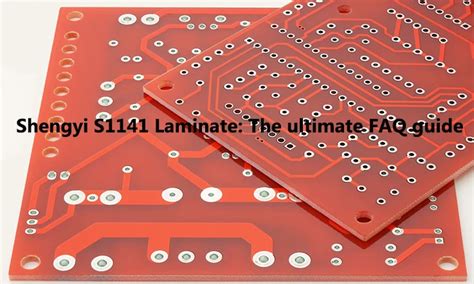
Material Science Advancements in PCBs
Breakthroughs in PCB manufacturing materials are redefining performance benchmarks for modern electronics. Leading PCB manufacturing companies now leverage nanocomposite resins and low-loss dielectrics to address challenges in high-frequency applications like 5G infrastructure and aerospace systems. These advanced laminates reduce signal attenuation by up to 40% compared to traditional FR-4, enabling faster data transfer while maintaining structural integrity under extreme temperatures.
A key innovation lies in thermally conductive prepregs, which dissipate heat 3x more efficiently—critical for compact IoT devices and power-dense automotive systems. This directly impacts PCB manufacturing cost by minimizing the need for additional cooling components, streamlining production workflows. Suppliers are also prioritizing halogen-free formulations, meeting stringent environmental regulations without compromising flame retardancy.
For businesses evaluating PCB manufacturing business partnerships, material choice directly correlates with reliability. Emerging liquid crystal polymer (LCP) films, for instance, offer unmatched moisture resistance for wearable tech, while polyimide blends extend flex-circuit lifespans in medical implants. These advancements underscore how material science isn’t just about raw performance—it’s about enabling smarter design trade-offs across industries.
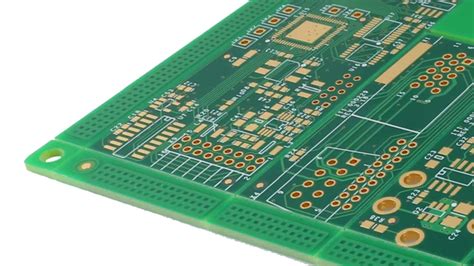
Key Criteria for Manufacturer Evaluation
When evaluating PCB manufacturing companies, you’ll want to prioritize suppliers that balance technical expertise with cost efficiency without compromising material performance. Start by assessing their certification portfolio—look for ISO 9001, IATF 16949, or UL recognition, which signal adherence to rigorous quality standards. For advanced applications like aerospace or IoT, verify their experience with high-frequency laminates (e.g., Rogers or Taconic materials) and thermal management solutions.
PCB manufacturing cost isn’t just about per-unit pricing—consider long-term reliability, lead times, and scalability. Top-tier suppliers often provide design support tools, such as impedance calculators or stack-up advisors, to streamline your PCB manufacturing business workflows. Material traceability is another critical factor: ensure they offer full documentation for dielectric constants, loss tangents, and Tg values to meet compliance requirements.
Evaluate their global logistics networks, especially if your projects demand just-in-time delivery. Companies with regional production hubs can mitigate supply chain risks while reducing turnaround times. Finally, prioritize partners investing in sustainable practices, such as halogen-free laminates or recycling programs, to align with evolving environmental regulations. By weighing these factors holistically, you’ll identify manufacturers capable of supporting both current needs and future high-performance PCB manufacturing demands.
Emerging Trends in Laminate Technology
As PCB manufacturing evolves to meet demands for faster, smaller, and more reliable electronics, material innovation is redefining what’s possible. Leading PCB manufacturing companies now prioritize laminates with ultra-low dielectric loss for 5G/mmWave applications, enabling signal integrity in high-frequency designs. Liquid crystal polymer (LCP) and modified polyimide substrates are gaining traction, offering unmatched flexibility for wearable tech and foldable devices while maintaining thermal stability.
A key shift involves integrating embedded passives directly into laminates, reducing PCB manufacturing cost by minimizing component count. For aerospace and IoT applications, manufacturers are adopting halogen-free, flame-retardant materials that meet stringent environmental regulations without compromising performance. Advanced thermo-mechanical simulation tools are also streamlining material selection, allowing engineers to predict laminate behavior under extreme conditions before prototyping.
Sustainability is reshaping the PCB manufacturing business, with suppliers developing bio-based resins and recyclable prepregs. Meanwhile, hybrid laminates combining traditional FR-4 with high-speed materials like Megtron 6 optimize cost-to-performance ratios for mixed-signal boards. As thermal management becomes critical, laminates infused with ceramic fillers or graphene layers are emerging to dissipate heat in compact, high-power designs—ensuring reliability without bulky cooling solutions.
These advancements underscore how material science is unlocking new frontiers in electronics, balancing innovation with practical considerations like scalability and environmental impact.
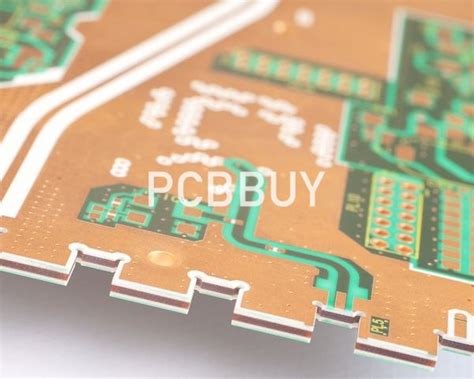
Conclusion
Selecting the right PCB laminate manufacturers requires balancing technical expertise, material innovation, and cost efficiency. As aerospace and IoT applications demand higher reliability, partnering with suppliers that prioritize advanced PCB manufacturing processes becomes critical. Leading PCB manufacturing companies now integrate cutting-edge materials like low-loss dielectrics and halogen-free substrates to meet stringent thermal and electrical requirements, directly impacting the PCB manufacturing cost and long-term viability of your projects.
When evaluating suppliers, consider their ability to scale production without compromising quality—especially as emerging trends like 5G and AI reshape PCB manufacturing business models. Innovations in high-frequency laminates and embedded component technology underscore the importance of collaborating with manufacturers that invest in R&D. By aligning your needs with suppliers that excel in both material science and agile production, you secure a competitive edge in developing next-generation electronics.
FAQs
How do material choices impact performance in demanding applications?
Selecting the right PCB laminate directly affects signal integrity, thermal stability, and durability. For aerospace or IoT devices, low-loss dielectrics and high Tg materials minimize signal degradation in extreme conditions while supporting miniaturization trends.
What separates top-tier pcb manufacturing companies from others?
Leading suppliers combine ISO-certified processes with R&D investments to address pcb manufacturing cost challenges. They offer material traceability, custom formulations for 5G/mmWave frequencies, and compliance with MIL-PRF-55110 or IPC-4101 standards for mission-critical applications.
Can pcb manufacturing business models adapt to rapid tech changes?
Agile manufacturers use AI-driven predictive maintenance and real-time production analytics to reduce waste. Partnerships with raw material innovators allow faster adoption of halogen-free laminates or ultra-low-profile copper foils for next-gen wearables and automotive systems.
How do thermal properties influence pcb manufacturing decisions?
Thermal conductivity and CTE matching become critical in high-power designs. Manufacturers now test laminates under simulated operational stresses, providing detailed thermal derating curves to prevent delamination in EV charging systems or satellite payloads.
What cost factors dominate advanced pcb manufacturing projects?
Beyond raw material costs (30-45% of total), consider impedance control tolerances (±5% vs. ±10%) and laser-drilling capabilities for HDI designs. Suppliers offering design-for-manufacturing consultations often reduce revisions, accelerating time-to-market for medical IoT devices.
Ready to Optimize Your PCB Supply Chain?
Explore how Andwin PCB’s expertise in high-frequency laminates and mixed-material stackups can streamline your production. For tailored solutions meeting AS9100D and IATF 16949 standards, please click here.

